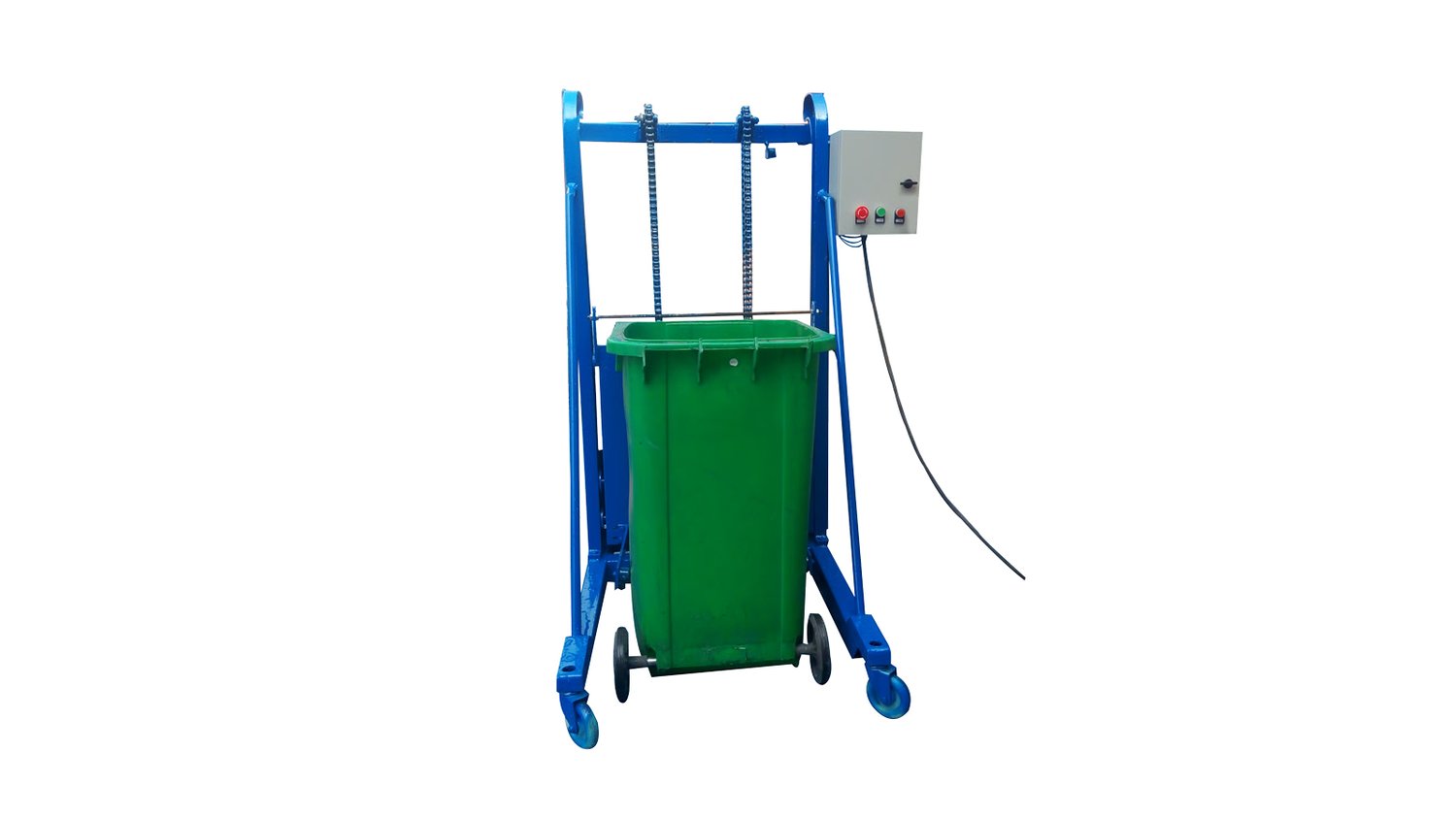Understanding the Importance of Explosion-Proof Hoists
Explosion-proof hoists are critical for ensuring safety in environments where explosive gases, vapors, or dust are present. By design, these hoists prevent sparks or heat that could ignite hazardous atmospheres, greatly reducing the risk of industrial accidents. Their implementation is vital for industries such as oil and gas, chemical processing, and mining, where maintaining operational continuity and worker safety is paramount.
Several industries rely heavily on explosion-proof hoist technology. Oil refineries, petrochemical plants, and grain handling facilities deploy these hoists to safely maneuver heavy equipment and materials without triggering combustion. Mining operations also use them underground to handle ore and machinery safely, even in confined spaces with combustible gases.
Design Features that Ensure Explosion-Proof Performance
Explosion-proof hoists incorporate robust enclosures and sealed components designed to contain any internal explosions without allowing flames or hot gases to escape. Their electrical systems are often certified to meet stringent standards such as ATEX or IECEx. This ensures that all electrical parts, motors, and wiring comply with regulations that govern hazardous area equipment.
Enhancing Operational Safety with Explosion-Proof Hoist Applications
By utilizing explosion-proof hoists, operators create safer workplaces by minimizing ignition sources. These hoists eliminate electrical sparks and overheating, common risks in non-certified equipment. Regular maintenance combined with proper staff training on handling explosion-proof hoists further reinforces operational safety and compliance with occupational health standards.
Customization and Versatility in Explosion-Proof Hoists
Explosion-proof hoists offer customization options such as variable load capacities, lifting speeds, and control mechanisms to suit different industrial tasks. Whether it’s precise positioning of fragile equipment or heavy-duty material handling, these hoists can be tailored to meet specific site requirements, making them versatile tools in hazardous settings.
Regulatory Compliance Driving Explosion-Proof Hoist Adoption
Regulatory frameworks worldwide mandate the use of explosion-proof equipment in hazardous environments. OSHA, NFPA, and international directives like ATEX compel facilities to adopt hoists that mitigate fire and explosion risks. Compliance not only ensures worker safety but also protects companies from legal penalties and costly downtime.
Integrating Explosion-Proof Hoists with Automated Systems
Modern explosion-proof hoist applications increasingly involve integration with automated control and monitoring systems. This allows remote operation in dangerous zones, reducing personnel exposure to hazardous conditions. Smart sensors can monitor load parameters and operational status, enabling predictive maintenance and reducing unexpected failures.
Maintenance Practices for Sustaining Explosion-Proof Hoist Efficiency
Proactive maintenance is crucial to keep explosion-proof hoists functioning reliably. Specialized inspection routines focusing on seals, electrical enclosures, and mechanical components help detect wear or damage that could compromise explosion-proof integrity. Following manufacturer guidelines and using certified replacement parts maintain both safety and performance standards.
Cost Considerations and Long-Term Benefits
While explosion-proof hoists often come at a higher initial cost compared to standard hoists, their long-term benefits justify the investment. Reduced risk of catastrophic incidents, lower insurance premiums, and minimal downtime enhance overall profitability. In hazardous industries, the added expense is outweighed by improved workforce protection and regulatory adherence.
Future Trends in Explosion-Proof Hoist Technology
Advancements in materials science, electronics, and IoT integration are shaping the future of explosion-proof hoists. Innovations include lighter yet stronger components, wireless control systems, and enhanced diagnostics for better safety monitoring. These developments aim to further optimize explosion-proof hoist applications by increasing efficiency while enhancing the safety of hazardous operations.
Quote Inquiry
contact us

